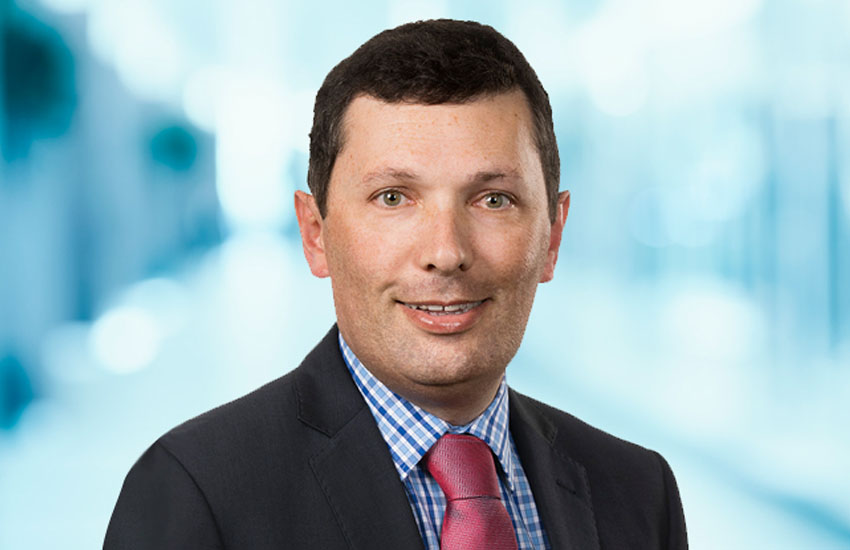Stricter compliance guidelines applying from July could catch out many firms.
26 June 2025
New Broker Academy 2025
Uncover a new world of opportunity at the New Broker Academy 2025If you’re ready for a career change and are looking...
KNOW MOREStricter compliance guidelines applying from July could catch out many firms.

A wide range of professions from lawyers to accountants, from engineers to architects, remain unaware that they will have to restructure their profit allocations to comply with revised rules on income splitting from 1 July.
A taxation services partner at HLB Mann Judd, Peter Bembrick, said it was unclear how widely the ATO would choose to cast its compliance net after publishing PCG 2021/4, on the allocation of professional firm profits, last December.
“Many professionals will still be unaware of these guidelines or at least unclear on whether, or in what way, the rules may apply to them,” he said.
“While the transitional period until 1 July 2024 is available for existing arrangements (but not for new practices setting up or new practice arrangements) it would still be advisable to start the planning process now,” Mr Bembrick said.
He said in two years, professionals would be scored on how closely they met two requirements:
- At least 50 per cent of the practitioner’s profit share from the firm is taxed to the practitioner personally.
- The overall “effective tax rate” on income from the professional firm across the practitioner and any associated entities is 30 per cent or higher.
A complex scoring system meant there were alternative ways of achieving the same result.
“Another possibility is for the practitioner to receive more than 60 per cent of the group’s total firm income and the group’s effective tax rate on firm income to be more than 25 per cent,” Mr Bembrick said.
A third test involved benchmarking a practitioner’s remuneration against other professionals in the firm. It was optional but could be invoked if the scores for the first two tests put the practitioner in a high-risk category.
Mr Bembrick said typical profit allocation arrangements involved direct partnership distributions to the practitioner, plus distributions by practice entities (usually dividends from companies but sometimes also unit trusts operating as “service trusts”) to each practitioner’s discretionary family trust.
The family trust would then distribute to the practitioner, their spouse and to a corporate beneficiary.
“Typically, practitioners will aim to allocate income to their spouse and, if the level of profit share from the firm is sufficient and/or their spouse has a relatively high income from other sources, a certain portion of the income will also be allocated to a corporate beneficiary,” Mr Bembrick said.
“Depending on the total profit share involved it is often difficult for the practitioner’s percentage to reach 50 per cent without significantly increasing the level of tax payable.
“Similarly, it may be possible to keep the family’s effective tax rate on the firm income below 30 per cent through a combination of distributions to the practitioner, their spouse and the corporate beneficiary, but doing so increases the risk rating under the new rules.
“It clearly becomes a question of balancing risk with tax-effectiveness in the distribution of firm income through the family trust.”
He said with two years to adjust, if most or all of the firm profits flowed through a family trust, the practitioner should be able to effectively manage their risk.
Under the ATO’s guidelines, profit-splitting arrangements that are low risk under the less stringent old tests have a two-year transitional period until 1 July 2024 to reorganise for the new tests.
The exceptions are new firms, which must fall into line from 1 July, or arrangements that fail to satisfy the ATO that are genuinely commercial in nature, or exhibit high-risk features that are compliance red flags.
He said accountants had a critical role in advising other professions on how the ATO might deploy its compliance resources.

AUTHOR
Philip King is editor of Accountants Daily and SMSF Adviser, the leading sources of news, insight, and educational content for professionals in the accounting and SMSF sectors.
Philip joined the titles in March 2022 and brings extensive experience from a variety of roles at The Australian national broadsheet daily, most recently as motoring editor. His background also takes in spells on diverse consumer and trade magazines.
You can email Philip on:
Comments will undergo moderation before they get published.
Uncover a new world of opportunity at the New Broker Academy 2025If you’re ready for a career change and are looking...
KNOW MOREGet breaking news
 Login
Login
